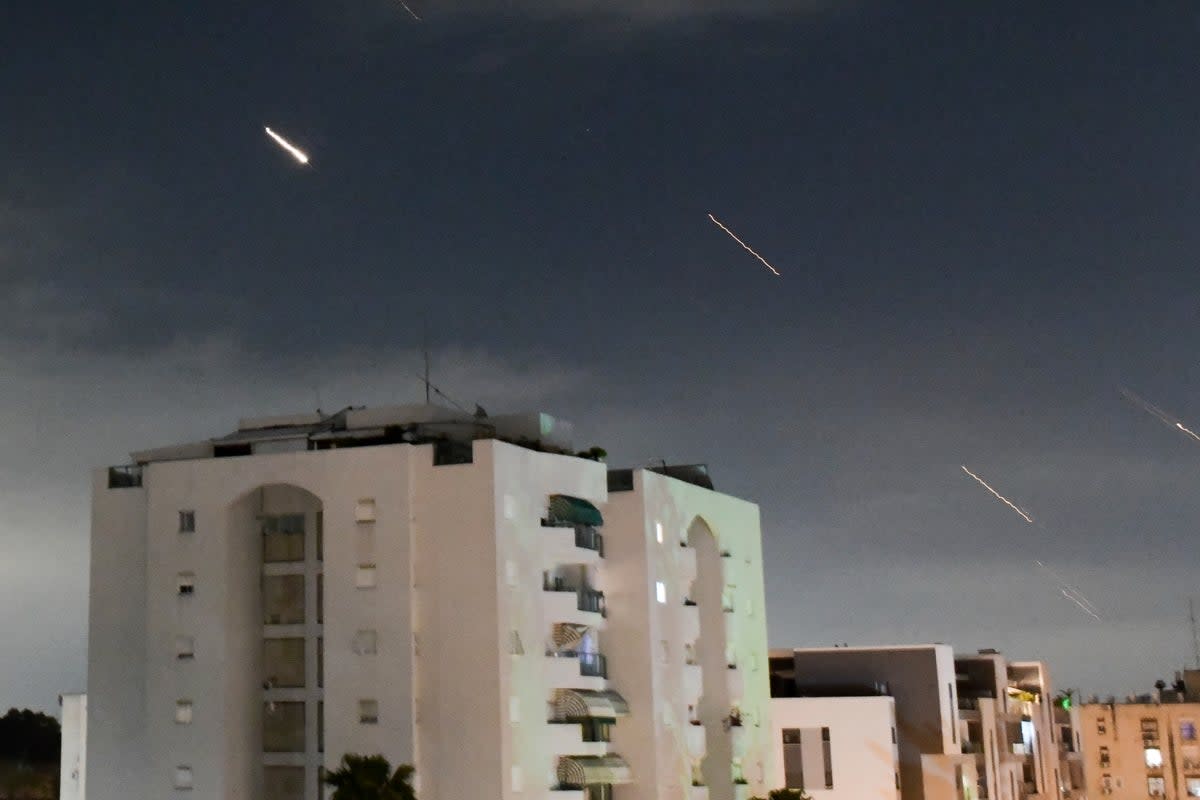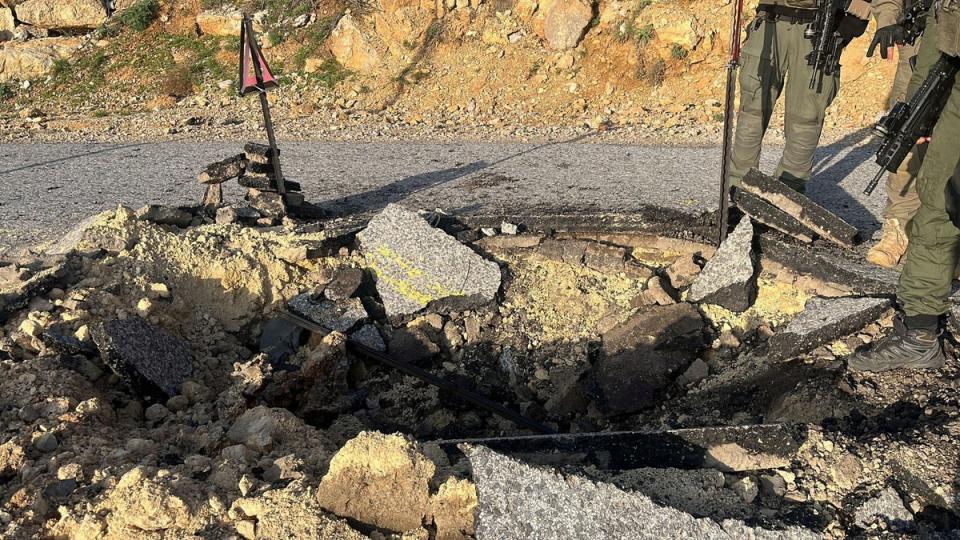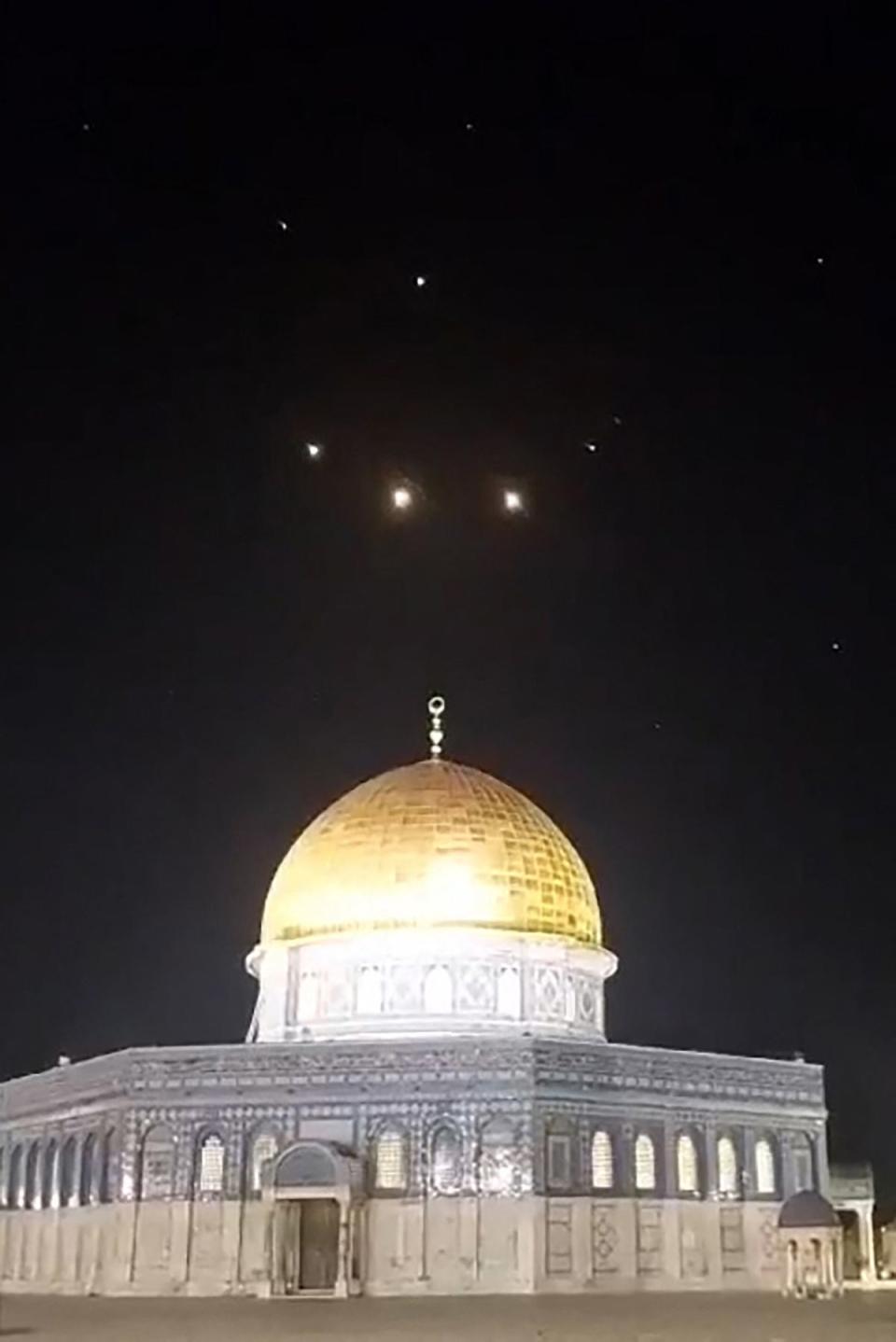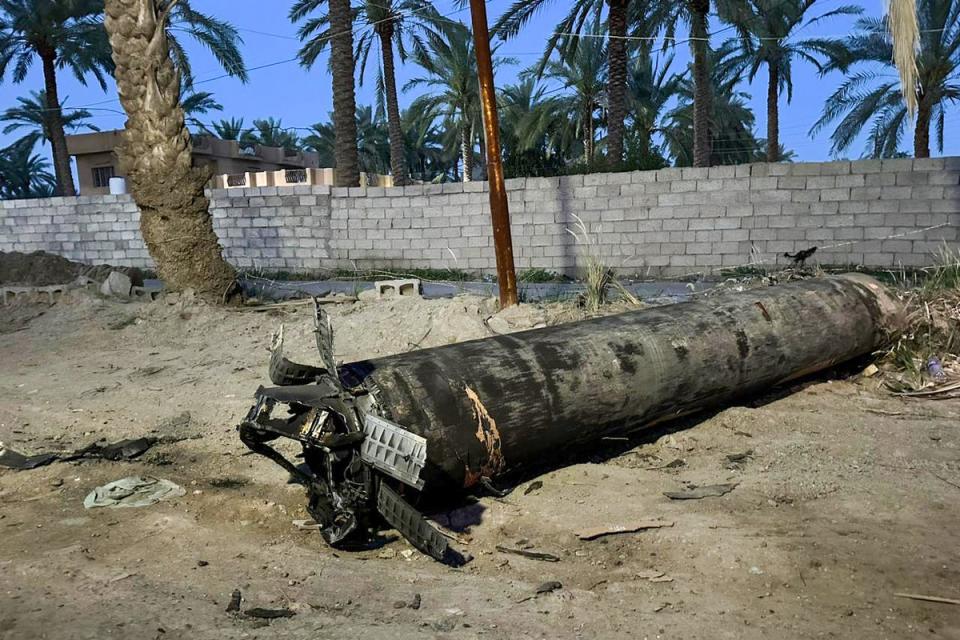Mapped: How Iran’s attack on Israel was stopped

Iran fired more than 300 missiles and drones at Israel on Saturday night, of which 99 per cent were intercepted, according to Israeli officials.
It was the first time a nation has launched a long-range attack of this scale against Israel since Saddam Hussein’s Iraq 33 years ago - and it risks causing a major war in the region between two of the Middle East’s most heavily armed countries.
The attack was the anticipated response from Tehran to an airstrike at the start of the month on the Iranian consulate in Damascus, the Syrian capital. Seven senior Iranian military officials, including the head of the Syria and Lebanon wing of Iran’s Quds Forces, its powerful international army, were killed.
Israel did not claim responsibility for the attack but Iran blamed them anyway.
Iranian supreme leader Ayatollah Ali Khamenei vowed three days before the Saturday attack that they would “punish” Israel.
Below you can see exactly how the attack happened. Though it stemmed from a dispute between only Iran and Israel, it involved a range of neighbouring countries.
While the shortest distance from Iran to Israel is about 620 miles, projectiles were additionally fired from Iraq, Syria and Yemen. Hezbollah forces in southern Lebanon also fired missiles. Iran funds militia forces across that region.
The Islamic Revolutionary Guard Corps (IRGC), Iran’s five-pronged military, which includes the Quds Forces, said they fired ballistics missiles at Israel almost an hour after launching slower moving drones, so they would strike Israel at roughly the same time.
Hezbollah also said it had fired two barrages of rockets at an Israeli military base in the occupied Golan Heights, a plateau which Israel has annexed from Syria in a move not recognised by most of the international community.
Israel said the volley of projectiles launched by Iran included 170 drones, more than 30 cruise missiles and more than 120 ballistic missiles.
The same model of drones (“Shaheds”) fired by Russia at civilian-populated areas in Ukraine were used by Iran against Israel.



Israeli military spokesperson Daniel Hagari said 99 per cent of the incoming barrage was intercepted.
The US, the UK, France and Jordan were involved in shooting down the missiles and drones, as well as, of course, Israel itself.
The US defence department said their forces intercepted dozens of missiles and drones launched from Iran, Iraq, Syria and Yemen. US Central Command (Centcom) later issued an update saying its forces had destroyed more than 80 drones and at least six ballistic missiles.
That included a ballistic missile still attached to its launcher vehicle in Houthi-controlled Yemen, as well as seven drones nearby.
UK prime minister Rishi Sunak said RAF fighter jets had shot down an unspecified number of Iranian attack drones over Syria and Iraq. The RAF was already operating in the region as part of Operation Shader against Islamic State. Mr Hagari said France, meanwhile, was “contributing to patrolling airspace”.
Jordanian security sources told Reuters that they also shot down dozens of drones over their airspace on route to Israel. Jordan has been highly critical of Israel’s war in Gaza but has a peace treaty with its neighbour and is a close ally of the US.
While air defences were active in Jerusalem, the only known direct hit was at the Nevatim air force base in the Negev desert in southern Israel.
Mr Hagari said a few of the ballistic missiles, typically the hardest to shoot down, got through the defences and “lightly hit” the air force base. Two US officials told CBS News that five ballistic missiles evaded air defences.
Four landed in the base, where the country’s F-35 fighter jets are based, which the officials said was Iran’s primary target.
One missile hit a runway, another an empty aircraft hangar and one hit a hangar that was out of use.
A fifth ballistic missile seemed to be aimed at a radar site in northern Israel but missed its target.
Mr Hagari said 12 people were injured, including a seven-year-old girl who reportedly received head injuries from shrapnel.

